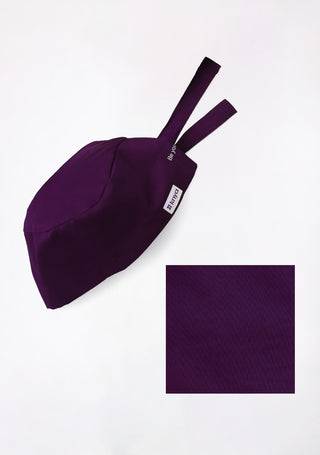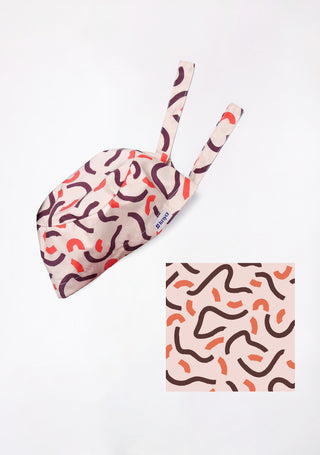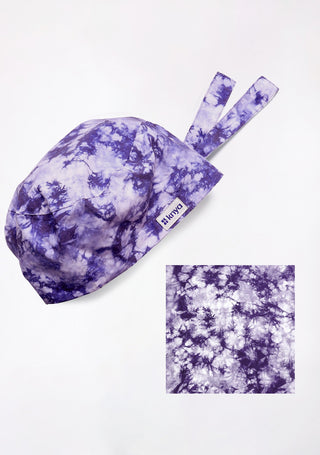Have you ever spilled something on your lab coat and did not know how to clean it? You are not alone. People who wear lab coats every day often get stains. These can be from blood, ink, sweat, coffee, or chemicals. A clean lab coat is not just for looking neat. It also shows that you care about hygiene and safety.
In this blog, we will learn how to clean your lab coat and remove different kinds of stains. We will also talk about when it is time to get a new coat. This blog is only about lab coats from the brand Knya.
Why Lab Coats Get Dirty?
Lab coats protect you from spills and germs. But in doing so, they get dirty. Here are some common ways lab coats get stained:
- During medical work like surgeries or blood tests
- When writing with pens or markers
- While eating or drinking during breaks
- From sweat during long working hours
- By accident when using disinfectants or cleaning agents
General Tips Before Removing Stains
- Always check the label on your lab coat before washing it
- Try to clean stains as soon as possible
- Use cold water first to avoid setting the stain
- Do not put your coat in the dryer until the stain is gone
Now let’s talk about different stains and how to remove each one.
Blood Stains
Blood stains are common for doctors, nurses, and lab workers. To remove them:
- Rinse the area with cold water. Do not use hot water.
- If the stain is dry, pour some hydrogen peroxide on it.
- Wait for a few minutes.
- Wash with cold water and mild detergent.
- If the stain is still there, repeat the steps.
Ink Stains
Pens can leak, and ink stains are hard to hide. Here’s how to clean them:
- Put a paper towel under the stain.
- Dab rubbing alcohol or hand sanitizer on the spot.
- Gently blot the area with a clean cloth.
- Wash the coat with cold water.
Sweat Stains
After long shifts, sweat marks can show up, especially around the neck and armpits.
- Mix baking soda and water to make a paste.
- Rub it on the sweaty areas.
- Let it sit for 30 minutes.
- Wash in cold water with a mild soap.
Iodine and Betadine Stains
These are often used to clean wounds or skin before surgery. They can leave yellow or brown spots.
- Blot the extra liquid with a dry cloth.
- Mix some sodium thiosulfate with water.
- Apply it to the stained spot.
- Let it sit for 5–10 minutes.
- Rinse well and wash the coat.
Povidone-Iodine Stains
This is a strong antiseptic and can stain white coats badly.
- Blot the stain right away.
- Mix ammonia with water (1 part ammonia, 3 parts water).
- Dab it gently on the stain.
- Rinse with cold water.
- Wash with a mild detergent.
Click here to Explore All Women's Scrubs and discover our complete collection of comfortable and stylish medical apparel
Coffee and Tea Stains
Break-time drinks can sometimes spill. Here's what to do:
- Blot the stain fast.
- Rub a little dish soap on the stain.
- Let it sit for 10 minutes.
- Wash in warm water.
Food Stains
Greasy or oily food can leave spots on your coat.
- Sprinkle baking soda or cornstarch on the spot.
- Let it sit for 15 minutes.
- Brush off the powder.
- Apply dish soap.
- Wash in warm water.
Chemical Stains
Some chemicals leave stains and strong smells.
- Wear gloves when cleaning the coat.
- Rinse the spot with lots of cold water.
- Soak in a solution of vinegar and water.
- Wash with enzyme-based detergent.
Set-in or Old Stains
Sometimes, you don’t see the stain until later.
- Try oxygen bleach if the coat is white.
- Do not use chlorine bleach. It can damage the fabric.
- You can also take your coat to a professional cleaner.
We believe you deserve the best. Shop our amazing selection of lab coats right here.
Quick Touch-Ups
If you are at work and get a stain:
- Use a stain remover pen (keep one in your pocket).
- Blot the stain, don’t rub it hard.
Drying the Lab Coat
Never dry your coat in the dryer if a stain is still there. Heat can make the stain permanent. Always air dry first and check the stain.
When Should You Replace a Lab Coat?
Sometimes, cleaning is not enough. You may need to buy a new lab coat from Knya if:
- The coat has holes or thin fabric
- The color is faded or yellow
- It no longer fits well
- You have tried cleaning many times but stains remain
Keeping your coat fresh shows that you care about safety and cleanliness.
Conclusion
Lab coats from Knya are made to handle daily work, but they still need good care. Whether it’s blood, ink, sweat, or coffee, knowing how to clean these stains can make your coat last longer. Try to treat stains as soon as you see them. Use simple methods like baking soda, vinegar, or mild soap. And when it’s time to say goodbye to an old coat, choose a fresh one from Knya.
A clean lab coat helps you do your job better and feel good at work. It also shows that you are ready and serious about your work.














